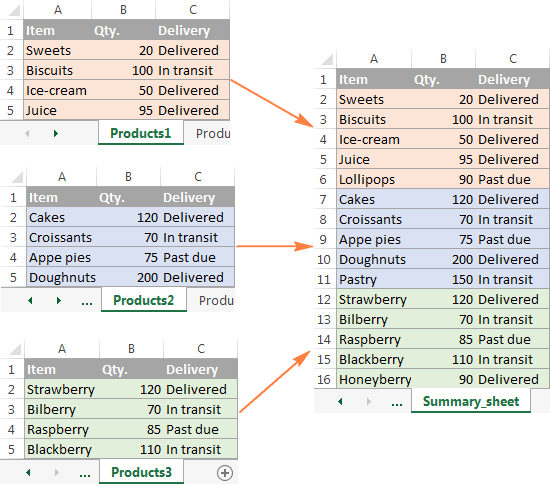Evenly Spread Excel Data Across Multiple Sheets Easily

If you're working with large datasets in Microsoft Excel, you might find the need to organize your data more effectively. A common challenge is to evenly spread Excel data across multiple sheets to improve manageability and readability. In this blog post, we'll guide you through a simple yet efficient method to distribute your data across multiple sheets. Here’s how you can accomplish this task, leveraging Excel's powerful features to streamline your data management processes.
Step-by-Step Guide to Distribute Data

Distributing data manually can be tedious and prone to errors, but using Excel's automation features can make this task much simpler. Here’s how to do it:
- Open Your Excel Workbook: Begin by opening the Excel file containing the data you wish to spread out.
- Select the Range: Highlight the range of cells or the entire table you want to distribute.
- Sort and Filter: If your data isn't sorted in a way that makes distribution logical, sort it by the column that will determine how the data is spread.
- Create Sheets: Use VBA (Visual Basic for Applications) to automate sheet creation. Here's a simple script:
Sub DistributeData()
Dim wsSource As Worksheet
Dim rngSource As Range
Dim ws As Worksheet
Dim rowCount As Long
Dim sheetCount As Long
Dim rowsPerSheet As Long
Dim i As Long
Set wsSource = ActiveSheet
Set rngSource = wsSource.UsedRange
rowCount = rngSource.Rows.Count
sheetCount = InputBox("How many sheets do you want to create?")
If sheetCount > rowCount Then sheetCount = rowCount
rowsPerSheet = rowCount \ sheetCount
For i = 1 To sheetCount
Worksheets.Add After:=Worksheets(Worksheets.Count)
Set ws = ActiveSheet
ws.Name = "Sheet" & i
rngSource.Rows(((i - 1) * rowsPerSheet + 1) & ":" & i * rowsPerSheet).Copy
ws.Range("A1").PasteSpecial xlPasteAll
Application.CutCopyMode = False
Next i
If rowCount Mod sheetCount <> 0 Then
Worksheets.Add After:=Worksheets(Worksheets.Count)
Set ws = ActiveSheet
ws.Name = "Remaining Data"
rngSource.Rows((sheetCount * rowsPerSheet + 1) & ":" & rowCount).Copy
ws.Range("A1").PasteSpecial xlPasteAll
Application.CutCopyMode = False
End If
End Sub
💡 Note: Ensure you have the Developer tab enabled in Excel to access the VBA editor.
Using a Data Distribution Template

For those who prefer a template approach, here is an example of how you can organize your distribution:
| Sheet Name | Data Rows |
|---|---|
| Sheet1 | 1 - 1000 |
| Sheet2 | 1001 - 2000 |
| ... | ... |

By setting up this template, you visually see how your data is distributed, making it easier to navigate through your workbook.
Visualizing Data Distribution

Here, you would have a screenshot or a diagram illustrating how the data has been spread out across multiple sheets.
Key Points for Successful Data Distribution

- Sorting Data First: Sort your data in a manner that supports logical distribution.
- Regular Backup: Always save or backup your Excel file before running any macros to avoid data loss.
- Dynamic Distribution: Adjust the number of sheets dynamically based on the dataset size for a balanced distribution.
🔍 Note: Remember to adjust the VBA script to match your specific data requirements.
Distributing your Excel data across multiple sheets can significantly enhance your workflow, making large datasets more manageable and allowing for quicker data analysis and reporting. By employing the techniques outlined in this post, you can automate much of the process, saving time and reducing errors.
Why should I spread my Excel data across multiple sheets?

+
Spreading data across multiple sheets helps in organizing and managing large datasets more effectively, improving performance, readability, and ease of analysis.
How can I automate the process of creating sheets in Excel?

+
You can use VBA (Visual Basic for Applications) scripts to automate the creation of sheets, as shown in the example provided earlier in this post.
Is it safe to use VBA macros in Excel?

+
VBA macros are generally safe if they are written and reviewed by you or a trusted source. Always ensure your macro settings are adjusted to prevent unauthorized scripts from running.



